Attractions
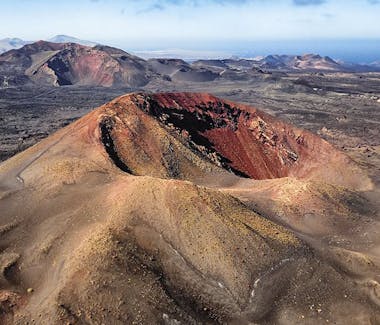
Timanfaya Nationalpark, Carretera Montañas del Fuego, Tinajo, Spain
Parque Nacional de Timanfaya
Timanfaya National Park is a Spanish national park in the southwestern part of the island of Lanzarote, in the Canary Islands. It covers parts of the municipalities Tinajo and Yaiza. The area is 51.07 square kilometres, and the parkland is entirely made up of volcanic soil.
It was the result of volcanic eruptions that occurred between 1720 and 1736, and in 1824.
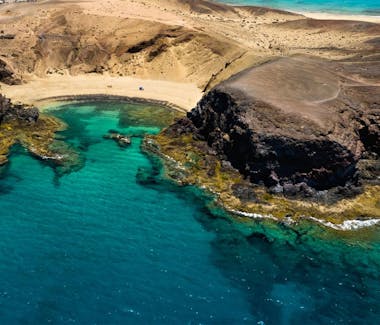
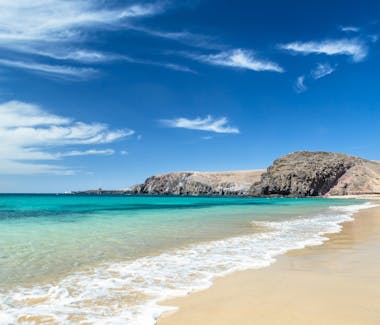
Papagayo Beach, Calle Punta de Papagayo, Yaiza, Spain
Playa de Papagayo
Characterized by fine white sand and turquoise waters the Papagayo Beaches are a group of 8 virgin beaches and coves that are located in the south of Lanzarote.
One of the greatest treasures of the island.
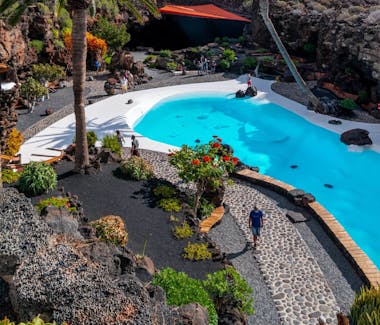
Jameos del Agua | CACT Lanzarote, Punta Mujeres, Spain
Jameos del Agua
https://cactlanzarote.com/centro/jameos-del-agua-2/
Los Jameos del Agua is the first Art, Culture and Tourism Center created by César Manrique, a natural space originated inside a volcanic tunnel.
Inaugurated in 1968, the artist, painter and sculptor transformed the space giving rise to a unique work in the world that represents the maximum expression of his ideology: artistic creation in harmony with the environment and nature.
Like the Cueva de los Verdes, the Jameos del Agua originated after the eruption of the Corona Volcano. The word "jameo" is of Guanche origin, and refers to the hole that is produced as a result of the collapse of the roof of a volcanic tube, in this case, the Corona volcanic tube.
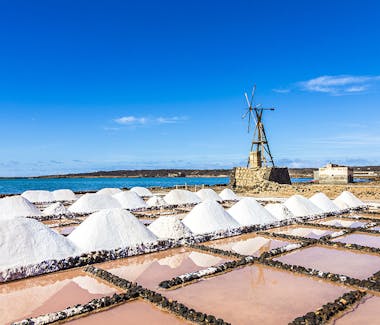
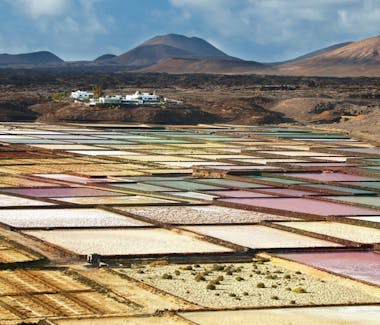
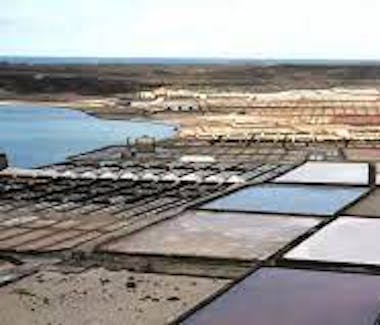
Salinas de Janubio, Spain
Salinas del Janubio
The Janubio salt flats, in Lanzarote, are the largest in the Canary Islands and constitute a human landscape of high architectural and cultural value. Today they continue to produce the white gold that was essential to the island's economy until not many decades ago. They are located in a lagoon created by volcanic eruptions that created a lava barrier facing the sea and have been declared a Site of Scientific Interest due to the presence of migratory birds.
This place tells us about the effort of the people of Lanzarote to transform the environment to obtain its fruits. Salt architecture is just that, an example of tenacity and rootedness in the land, where the trade has been passed down from father to son for generations. It is recommended to visit them at sunset, when the sun shines on the ponds where the water evaporates and produces a play of shades and colors of enormous beauty, irresistible to the camera lens.
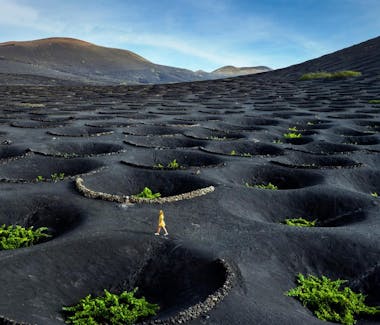
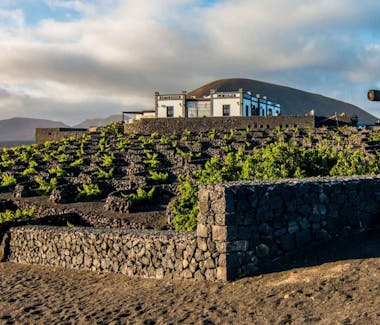
La Geria, Spain
La Geria
A unique volcanic landscape in the world
How can the dry island of Lanzarote produce its excellent white and sweet wines? The answer is the 'geria', a conical hole excavated in natural layers of volcanic gravel several meters deep, in the center of which a vine is planted, and on whose edge a crescent of rocks is placed as protection against the wind. . Row after row of these perfect hollows dyed green, ocher and black produce a unique landscape in the world, which helped justify the declaration of Lanzarote as a Biosphere Reserve by UNESCO.
Internationally recognized wineries and wines
Although fruit trees such as fig trees are also cultivated through this system, the star of the gerias is the vine. In the Protected Landscape of La Geria there are numerous wineries that sell internationally awarded wines, such as some famous Malvasia wines. Beneath these spectacular vineyards lies another natural gem, the 1,600-meter-long Los Naturalistas cave. The grotto is accessible with caution and a good flashlight to illuminate the many small lava needles that come out of its ceiling.
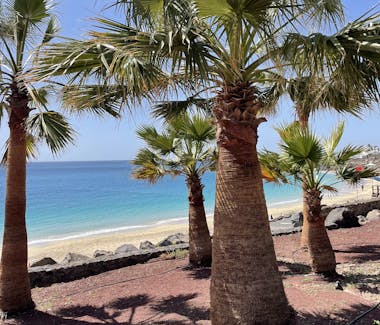
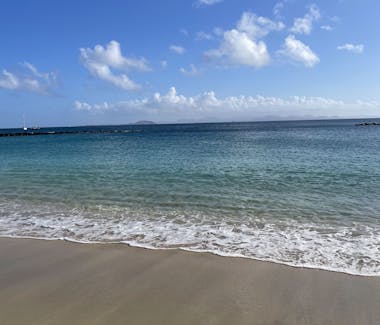
Playa Dorada, Yaiza, Spain
Playa Dorada
Beautiful artificial beach, with turquoise waters and golden sand. It is located in the heart of Playa Blanca.
About a 10-minute walk from our villas and is the perfect option for those looking for an easy entrance to the water and the convenience of the bars and restaurants that surround it.
